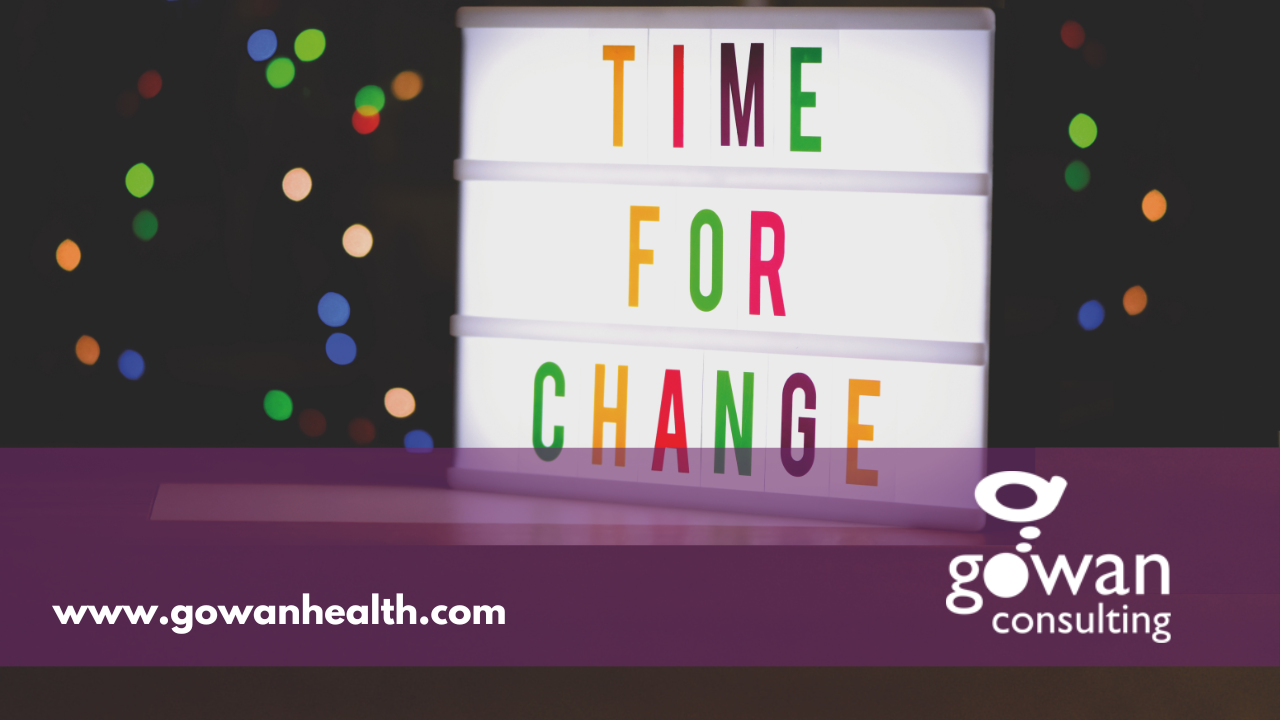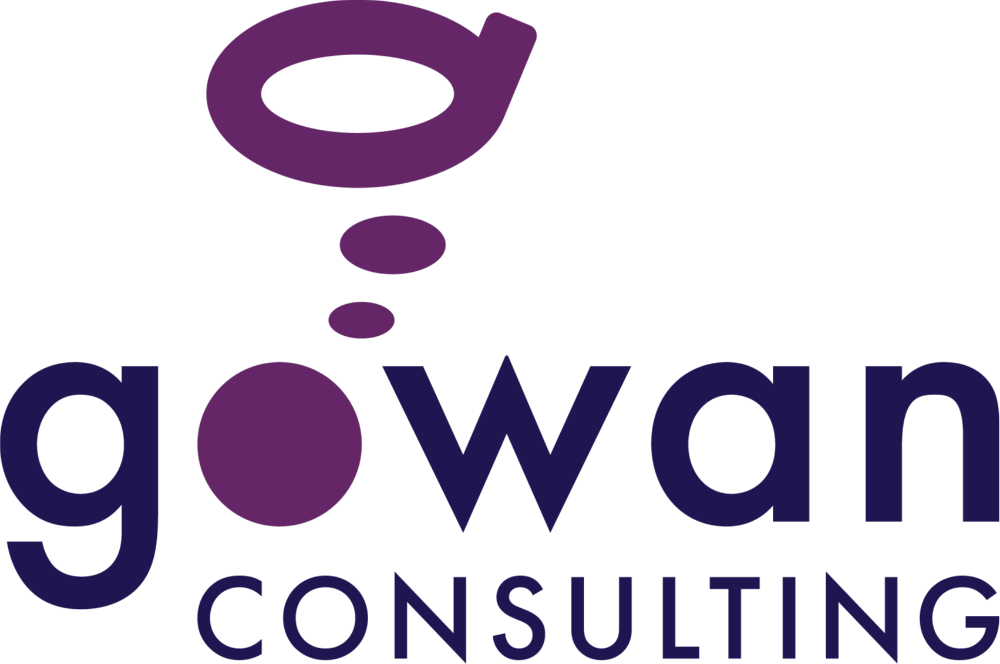Using the Bridges Transition Model to Support Organizational and Individual Change
Dec 09, 2022
Over the past few years, your organization and the individuals within it have probably endured many changes that have resulted in a rollercoaster of emotions. If these personal feelings of transition aren’t addressed, then resistance to change can cause a change project to derail or not produce the desired end result. Understanding the Bridges Transition Model can help your organization successfully transition people through the change project.
What is the Bridges Transition Model?
The Bridges Transition Model was created by organizational consultant and author, William Bridges. He introduced the Bridges change model in his 1991 book called Managing Transitions. The Bridges transition model did something that you don’t find in other change models, which was to draw a distinction between “change” and “transition.”
In the William Bridges transitions book, he described the change as the external event that happens (e.g., the new software being adopted, a new product being launched, or a new way of working hybrid). When you’re physically switching over systems from an old to a new process, that’s the “change.” But what people go through personally during this external change is the internal “transition.” The William Bridges transition model is about focusing on the psychological process that’s happening to people during change.
A key takeaway from the Bridges change model is that the starting point for a successful change project should not be the outcome of change, but rather the “saying goodbye” or ending of the old process that people have to address at the beginning of that change.
The Three Stages of Transition
Bridges’ transitions theory describes three key stages that people transition through and that leaders and change managers need to be aware of.
Endings (Losing and Letting Go)
Managing transitions during change means understanding that it starts with an end or loss. Employees are saying goodbye to the way things used to be done, which can involve feelings of anger, denial, confusion, and frustration.
What you might see:
- Grief, anger, and loss
- Signs of distress
- Push back on new approaches
- People choosing to leave the process
What you can do to manage endings:
- Recognize that change may be hard for some people
- Give time for processing of the losses
- Be clear about the future goals
- Listen to and validate the feelings about change
- Listen to the concerns about what might be lost
- Ask “What can I do to support you?”
Neutral Zone
This stage in the Bridges transitions model is when people have managed to let go of negativity with leaving a process behind and are processing new information about the change. This is a time of flux and can include feelings of excitement, anxiety, resistance, creativity, and innovation.
What you might see:
- Excitement, exchange of new ideas
- People making changes in tasks
- Engagement of the team in brainstorming = “Yes, and…”
- Some distress from those still uncertain of change
What you can do to manage the neutral zone:
- Be clear on the goals and outcomes and resources – build the vision and how each person fits in the future
- Engage the team to generate ideas, and ways to create and make things better – develop task teams and project outlines
- Provide resources for change – time, reset priorities, tools, people
- Listen to and validate feelings
- Recognize those still struggling
- “What can we/you do to make this change better?”
- “What do you need to make this happen?”
New Beginnings
This part of the Bridges change model includes a release of power and energy in the new direction. It means cementing new ways of doing things and incorporating those as the new norm. Feelings in this stage can involve relief, confusion, uncertainty, commitment, and exploration.
What you might see:
- New leaders arising
- Processes getting reset and working more smoothly
- Project overwhelm
- Struggles to integrate old with new or let go of old – feelings of anxiety, uncertainty, worry
What you can do to manage new beginnings:
- Reinforce and celebrate successes
- Be clear on roles, responsibilities and reinforce the individual’s place in the new vision
- Reinforce what is working – challenge what is not working
- Listen and Validate “I know it seems overwhelming”
- “What can I do to support you with resources, tools, time?”
- “What else could we do differently to make this work better?”
- “What do you need right now to make this work for you?”
Making Transitions Easier
Change is easier for us when we can predict it, have control, know our place/value in the transition, and can see the positive outcomes and possibilities. We should recognize that transition is a process, and it doesn’t happen with the same timing for everyone. Managers can help support the change by understanding that employees have different paces and validating their progress.
Make it predictable: Start discussing the changes early and let the team know what to expect.
Let the team control the change: Outline the changes within the team's control and give options and choice where possible.
Let the team know they are valued and belong: Connect the purpose of each team member's role with the decisions being made about the change to ensure they know they are valued within the organization.
Develop infinite mindsets: Explore the positive opportunities in the change - how can it benefit the employee, the customer, and the business?
Listen with empathy, attention, and respect: Understand that each team member has different concerns, so listen, validate, and always assume positive intent.
Ask “what” questions: Stop and take time to ask… What is working? What is not working? What is the biggest challenge that you are facing right now?
Celebrate transitions: Take time to recognize successes and what you want to do to celebrate when you get there.
- Did you enjoy this introduction to Bridges' Transition Model? Then check out our Mastering Health and Productivity membership! Each month, members receive a webinar on a health and disability topic, a customizable tool for employees, consultation time with a disability management expert, and more! December's webinar covered more in-depth information on Bridges Transition Model, the role of emotions in change, and how to successfully coach employees through transition. To get our full list of previous membership topics and to learn more about how our membership can help your organization, email us at [email protected].
- Learn about how Gowan Consulting can provide success coaching services to your team to help you successfully manage change in your organization!

